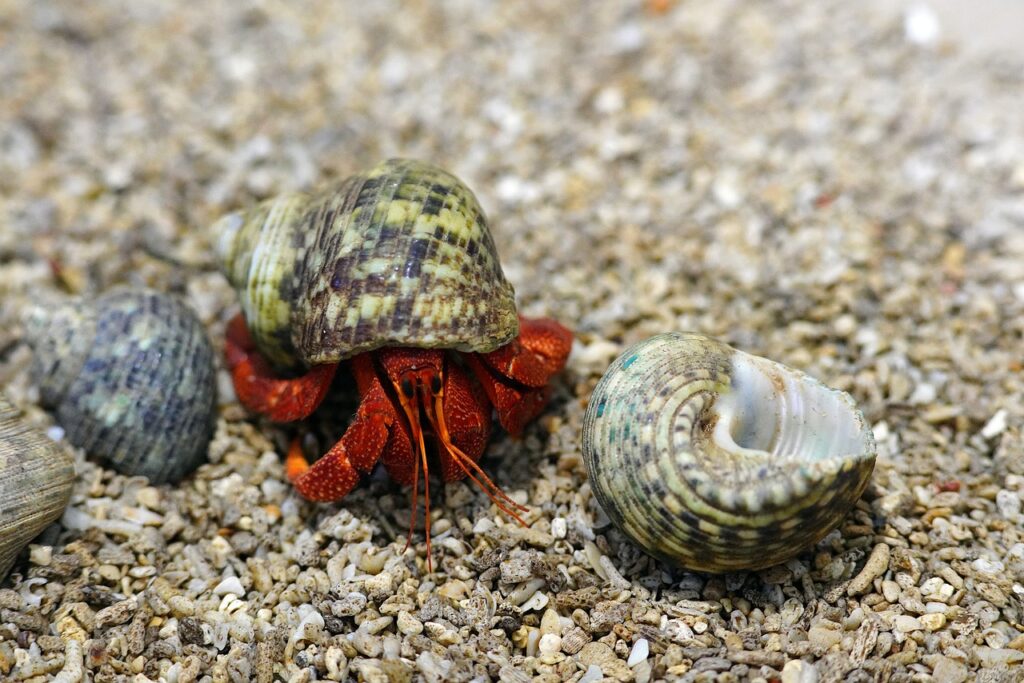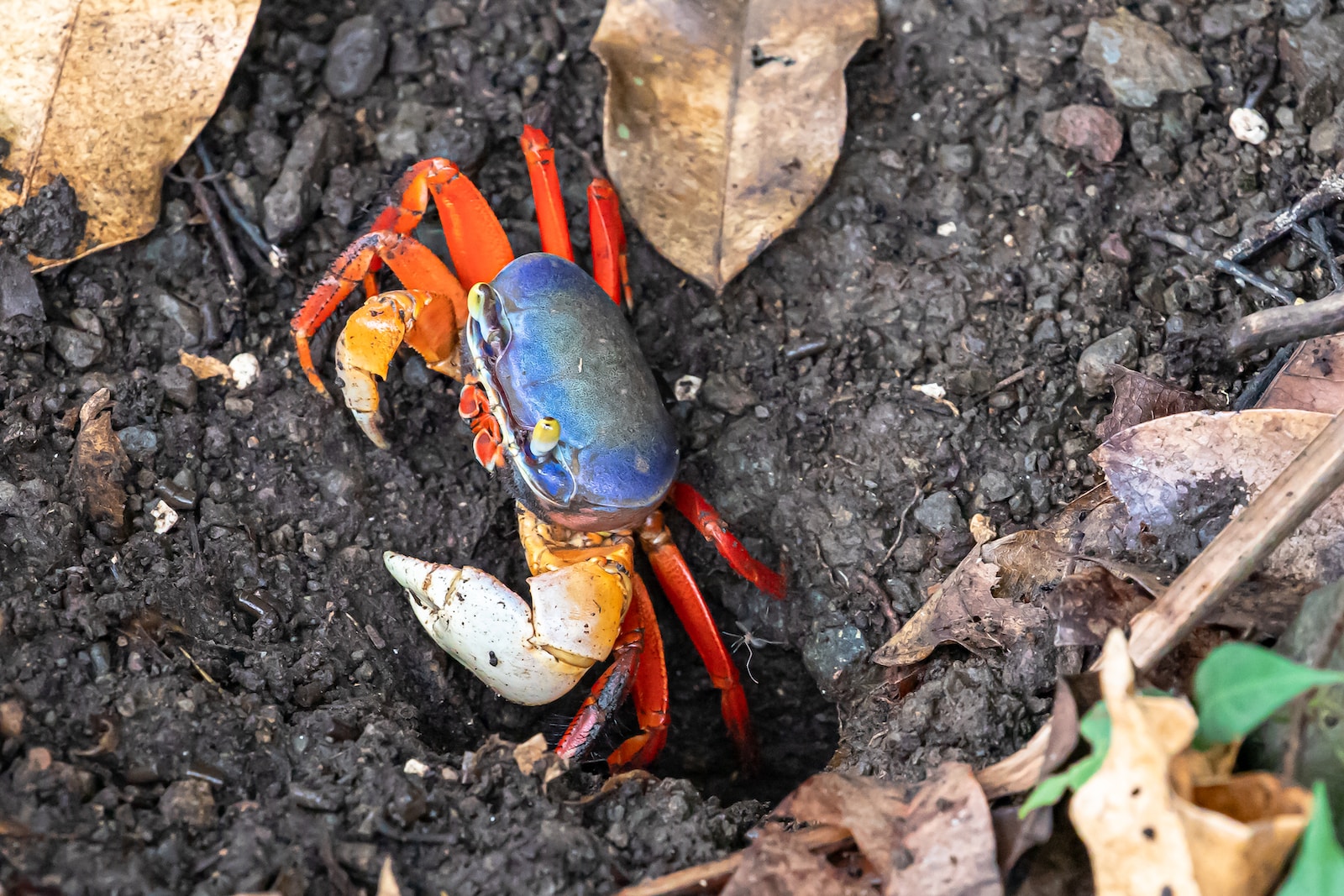In the world of pet nutrition, the question of what dogs can and cannot eat is ever-present. One particular curiosity that often piques the interest of dog owners is whether their furry companions can indulge in the savory delight of crab shells. In this article, we embark on a culinary exploration to uncover the truth behind the compatibility of canines and crab shells.
Understanding Canine Dietary Peculiarities
Dogs, with their diverse palates, sometimes leave us in a conundrum when it comes to deciphering what is safe for them to consume. The intersection of canine nutrition and human indulgences opens a Pandora’s box of queries, and “Can dogs eat crab shells?” is one such intriguing puzzle that we aim to solve.

Cracking the Crab Shell Conundrum
As we delve into the canine gastronomic landscape, the idea of dogs devouring crab shells may seem akin to a culinary adventure. However, this venture demands a nuanced understanding of canine digestive capabilities, nutritional needs, and potential health implications.
The Nutritional Tango: Crab Shells vs. Canine Needs
Dogs, primarily carnivores, have specific dietary requirements crucial for their well-being. Crab shells, while offering a crunchy delight, might pose challenges in terms of digestibility and nutritional value. Unraveling the nutritional components of crab shells allows us to grasp the potential benefits and pitfalls for our canine companions.
The Digestive Odyssey: Can Dogs Safely Tackle Crab Shells?
The digestive journey of a dog involves intricate processes that vary from ours. Navigating the labyrinth of canine digestion, we explore whether the toughness of crab shells could be a hindrance or if dogs possess the digestive prowess to tackle this seafood delight without any adverse effects.
Crab Shells and Canine Safety: A Closer Look
Ensuring the safety of our pets is paramount. Delving into the specifics of crab shells, we scrutinize potential hazards and benefits, shedding light on whether this crustacean treat is a delectable addition to a dog’s menu or a recipe for gastrointestinal turmoil.
Crunching Numbers: The Risks of Indulging in Crab Shells
While the idea of dogs munching on crab shells might seem innocuous, it’s imperative to decipher the potential risks. From splinters to digestive challenges, understanding the risks associated with this culinary choice is crucial for responsible pet ownership.
Navigating the Sea of Canine Culinary Choices
As we navigate the vast sea of canine culinary choices, the verdict on crab shells becomes clearer. This exploration into the world of pet nutrition prompts us to question not just what dogs can eat but what aligns with their overall well-being.
Closing Thoughts: A Canine Culinary Odyssey
In conclusion, the question of whether dogs can eat crab shells invites us to embark on a culinary odyssey, balancing the joy of treating our pets with the responsibility of ensuring their health. Understanding the nuances of canine nutrition allows us to make informed decisions, providing our furry friends with a gastronomic experience that complements their well-being.
Frequently Asked Questions (FAQs)
1. Can dogs eat crab shells without any health risks?
- Dogs consuming crab shells pose potential health risks, including digestive challenges and the risk of splinters. It’s advisable to exercise caution and opt for safer canine-friendly treats.
2. Are there nutritional benefits for dogs in crab shells?
- Crab shells offer minimal nutritional value for dogs and may not align with their specific dietary needs. Exploring alternative, safer treats ensures a balanced and nourishing diet for our canine companions.
3. What should I do if my dog accidentally ingests crab shells?
- In the event of accidental ingestion, monitor your dog for any signs of distress, such as vomiting or lethargy. If concerns persist, consult with a veterinarian promptly for professional advice.
4. Can cooking or preparing crab shells make them safer for dogs?
- Cooking or preparing crab shells may alter their texture, but it doesn’t necessarily eliminate potential risks. It’s recommended to err on the side of caution and opt for treats specifically designed for canine consumption.
5. How can I incorporate seafood into my dog’s diet safely?
- If you wish to introduce seafood into your dog’s diet, consider cooked, boneless fish without seasoning as a safer alternative. Always consult with your veterinarian to ensure any additions align with your dog’s specific health needs.
Note: These answers are general guidelines. For personalized advice concerning your dog’s health, consult with a veterinarian.

